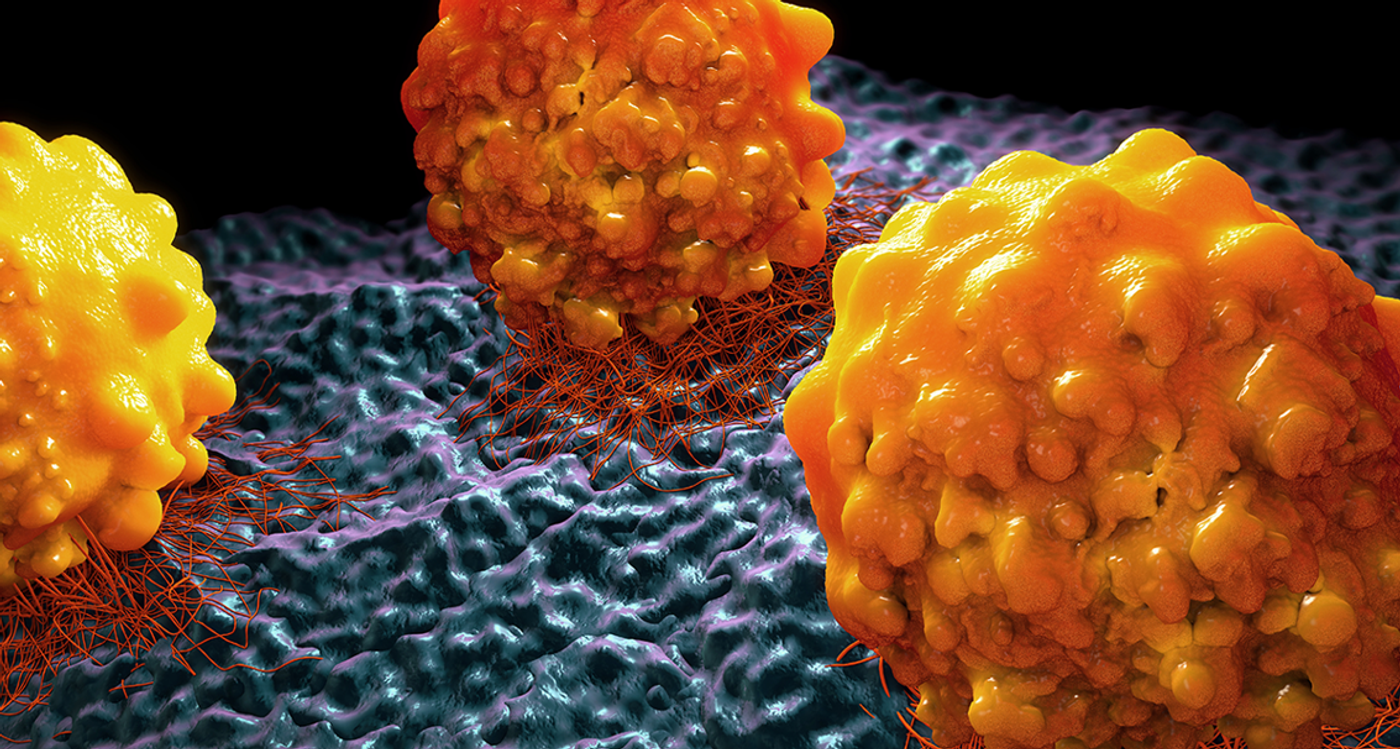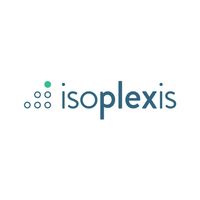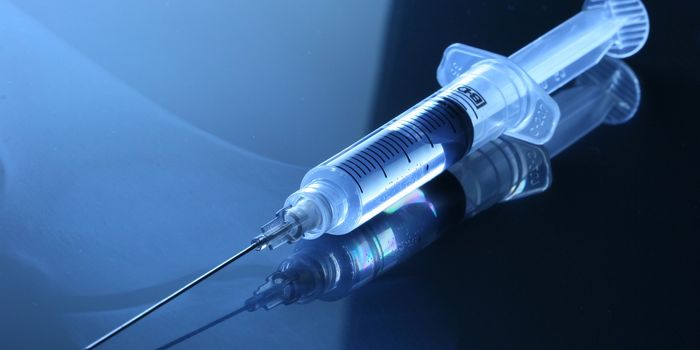Predicting Progression-Free Survival in a Melanoma Study
IsoPlexis’ Single-Cell Proteomics Predict Progression-Free Survival in Melanoma Study
While advancements in oncology therapeutics are happening at breakneck speed, one thing remains certain: tumor cells are tricky. To evade immune detection and T-cell mediated killing, a tumor cell expresses an immune checkpoint ligand on its surface which binds to its respective partner on T cells, shutting off immune-mediated tumor killing pathways. This interaction has become a target of immune checkpoint inhibitors therapies and blocks the process from occurring, thus allowing T cells to kill tumor cells.
Immune checkpoint inhibitor (ICI) therapies have revolutionized cancer treatments, improving patient survival rates in a number of cancers, including metastatic melanoma. However, ICI therapies do not produce durable responses in all patients due to combinations of low numbers of tumor-infiltrating T cells and anti-tumorigenic cytokines, as well as limited ICI targets on tumor cells.
Increasing the number of tumor-infiltrating T cells has been a challenge because of the dense nature of the tumor microenvironment in solid tumors. Durable patient response is further complicated by substantial cytotoxic events occurring in patients receiving ICI therapies—deemed immune-related adverse events.
These events have been found in several tissues including the gut, nervous system, liver and endocrine glands. Therefore, increasing the dosage of ICI drugs would prove to be difficult. To improve patient outcomes, it is critical to optimize existing ICI therapies or find ways of using them in combination with other drugs.
Cytokine Storm and Improving T cell Expansion with a Novel Agonist
Interleukin-2 (IL-2) is well-characterized as a proliferation and expansion factor for CD4+ and CD8+ T cells and natural killer (NK) cells. In addition, IL-2 has been exogenously administered in the clinic for the treatment of cancer and AIDS, while enhancing T cell function led to patients developing symptoms indicative of cytokine storm.
In a recent study, researchers from NEKTAR Therapeutics developed an IL-2 pathway agonist, Bempegaldesleukin (BEMPEG), which promotes the proliferation of CD8+ T cells and NK cells, and their subsequent infiltration into the tumor microenvironment. This IL-2 agonist did not have the cytokine storm effects observed for IL-2 treatment in both preclinical and human studies. The discovery of the drug led researchers to seek to evaluate its clinical potential in combination with an immune checkpoint inhibitor treatment.
Limitation of the Current Treatment Landscape of Metastatic Melanoma
Each year, 65,000 cases of melanoma are newly diagnosed with 9,000 cases leading to death among those newly and previously diagnosed. Earlier stages, or non-metastatic cases, have a 98% five-year survival rate where later stages, or metastatic cases, have a 16% five-year survival rate.
Existing treatment options include those targeting intracellular pathways such as BRAF inhibition, a mechanism by which melanoma cells have shown to develop treatment resistance; chemotherapy; adoptive T cell therapy; and immune checkpoint therapy. Immune checkpoint therapies are especially promising for those with late-stage melanoma.
In a recent international, multicenter Phase II clinical trial, researchers explored the efficacy of a BEMPEG and Nivolumab (PD-1 immune checkpoint inhibitor as a first line of treatment in late-stage melanoma patients). 7
IsoPlexis’ Blood-Based Biomarker Predicts Response and Progression-Free Survival
To be eligible for BEMPEG and Nivolumab treatment, patients must have been diagnosed and confirmed to have stage III or stage IV melanoma with no history of prior treatment. Overall, patients experienced a median tumor lesion reaction size form baseline of 78.5%. Patients who showed a reduction in tumor size were considered to have either a partial response or a complete response.7
To identify a biomarker for what may predict patient response, researchers evaluated both patient tumor and blood samples. Here, they identified high IFN-y gene expression, high tumor-infiltration CD8+ T cells, high CD74, and high HLA-E as positive indications of high objective response rate.
Specifically, researchers used IsoPlexis’ single-cell functional proteomics for CD4+ T cells, CD8+ T cells, and NK cells, and found high polyfunctional strength in the CD4+ and CD8+ cells to positively correlate with improved objective responses. In line with the use of polyfunctional strength as a predictive metric, researchers adapted this concept as a polyfunctional strength difference (PSD) that accounts for changes in polyfunctional strength between baseline and treatment day 8 of CD8+ T cells. Overall, patients with high CD8+ PSD showed a higher objective response rate, or improved treatment outcome, over the course of the study (3 years). By comparison, difference in the fold change of eosinophils did not perform as well when evaluating an objective response rate. This underscores the potential of polyfunctional strength as a predictive biomarker that positively correlates with patient response.7
Conclusion
The predictive blood-based biomarker identified by IsoPlexis’ platform enables researchers to evaluate patient response to Nivo/Bempeg therapy much earlier than was previously possible with traditional technologies. IsoPlexis accelerates insights into the path toward overcoming difficult-to-treat cancers such as metastatic melanomas, identifying treatments associated with a durable response in patients.
This study demonstrates this efficacy and safety of BEMPEG plus Nivo combination immunotherapy for the treatment of metastatic melanoma with IsoPlexis’ polyfunctional strength index serving as a key metric that effectively predicted overall patient response rate.
Access the full publication here.









